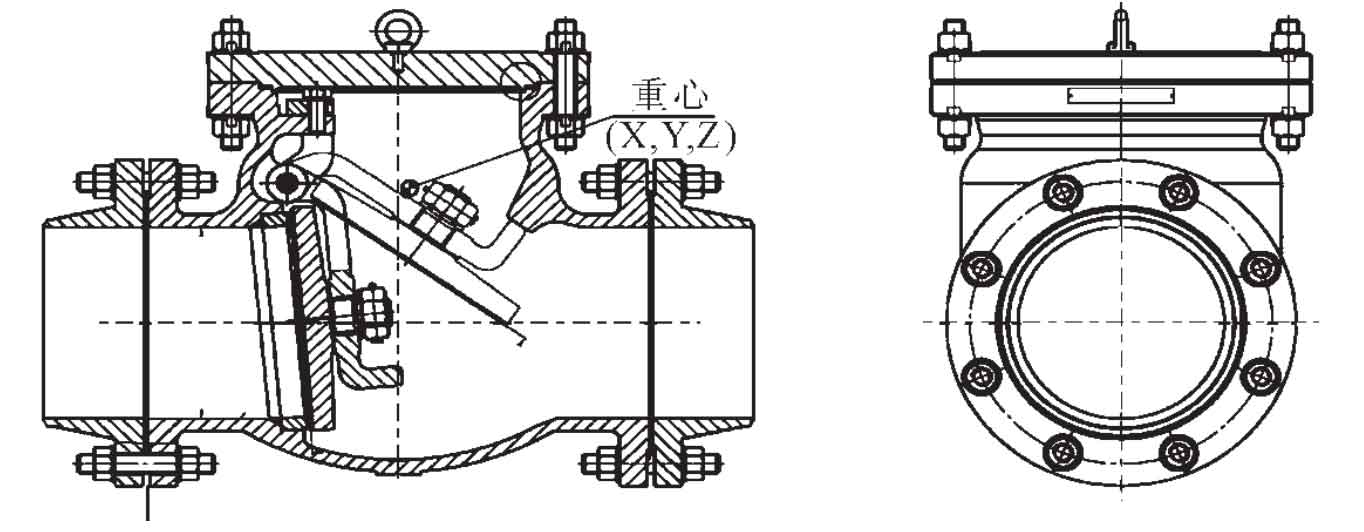1. Improve the concession of sand core
In order to ensure that the high-temperature strength of the sand core of the valve casting meets the requirements, try to put more straw rope in the sand core or make the sand core hollow, so as to ensure the concession of the sand core of the valve casting, so as to reduce the core gap, improve the core concession and avoid the occurrence of crack casting defects. In addition, the pouring temperature should be reasonably controlled to control the pouring temperature at 1550 ~ 1580 ℃, and the pouring of valve castings should be completed quickly (within 16 S) and at one time.
2. Strictly control the chemical composition of duplex stainless steel
The main chemical composition w (%) of duplex stainless steel for casting valves is: ≤ 0.03 C, ≤ 2.00 Mn, 20.0 ~ 22.0 Cr, 23.5 ~ 25.5 Ni, 6.0 ~ 7.0 Mo, ≤ 0.04 P, ≤ 0.01 s, ≤ 1.00 Si, 0.18 ~ 0.26 n, etc. Increasing the alloy composition can improve the properties, but the effect on crack control is not obvious. In order to avoid the occurrence of cracks, on the premise of ensuring the steel properties, the carbon content should be controlled at the middle and lower limits, the manganese content should be controlled at the middle and upper limits, and kept in a narrow range, so as to avoid cracks caused by carbide precipitation. In addition, since phosphorus and sulfur are harmful elements, starting from the goal of preventing and reducing hot cracking, the content of phosphorus and sulfur in liquid steel is required to be within 0.04% and 0.01%, so as to avoid the reduction of steel ductility and hot crack casting defects.
3. Adding rare earth elements to liquid steel to refine grains
Adding 0.5% rare earth elements to the liquid steel to purify the liquid steel, so as to refine the grain and provide crack resistance. Rare earth has a strong function of desulfurization, degassing and purification of liquid steel. At the same time, it can refine the grain and provide the high-temperature strength of cast steel alloy. Both of them can prevent hot cracking. In addition, rare earth elements purify liquid steel and reduce inclusions, which is beneficial to prevent hot crack casting defects.
4. Cleaning and repair welding of pouring and riser
When setting the pouring and riser of valve castings, the diameter of the riser shall be minimized under the condition of ensuring the process requirements, and chrome ore sand shall be used for quenching at the riser diameter. The casting shall be cut by the water knife as quickly as possible to make the valve pass through the casting riser. The temperature shall not be too high during repair welding. The interlayer temperature of duplex stainless steel shall be controlled below 100 ℃, and the repair welding method shall be carried out in strict accordance with the corresponding process.

